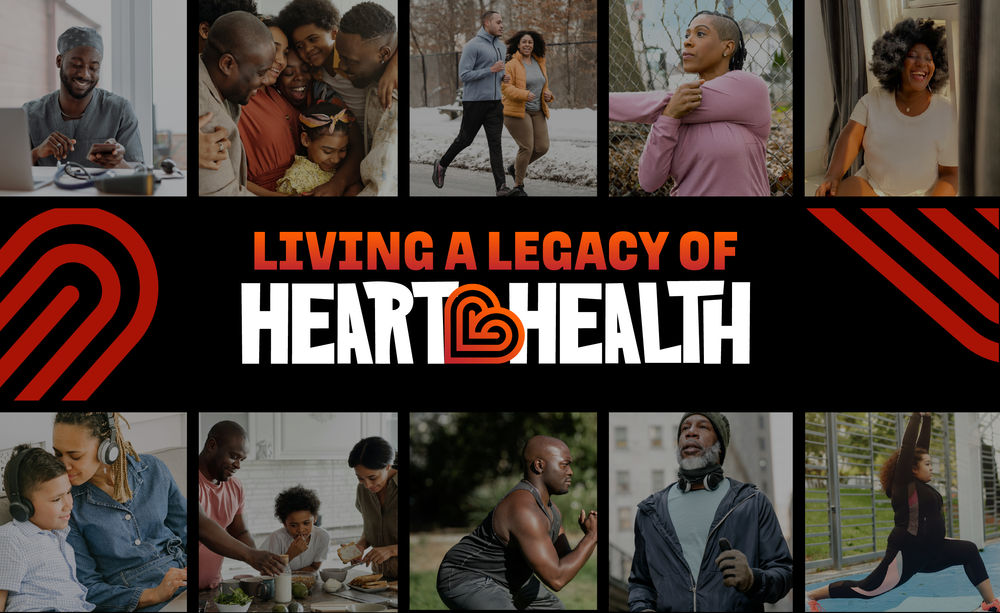Physical Activity Benefits for Women: Closing the Gender Gap

Researchers investigated whether there are sex differences in exercise benefits in terms of reducing cardiovascular mortality and all-cause mortality. They found that the physical activity benefits for women are greater than those for men and are hopeful that this evidence helps close the gender gap in physical activity.
Read More




















